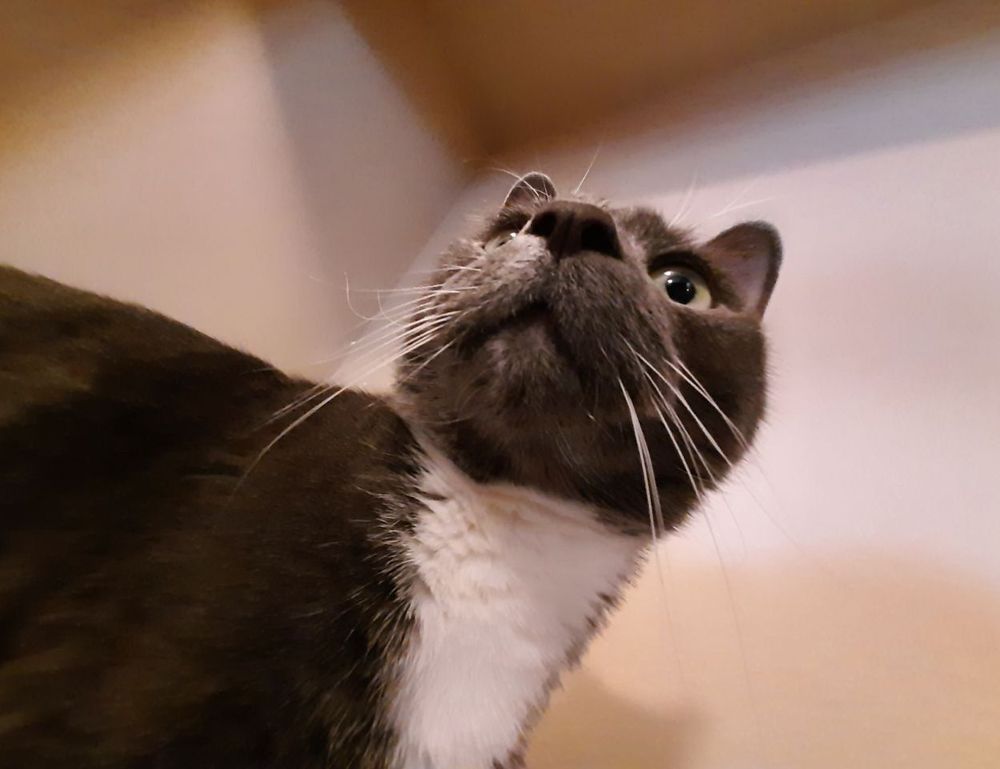llblogpet advice for fish
Let’s get one thing straight: fish aren’t maintenancefree pets. They need clean water, balanced diets, and the right tank mates. llblogpet advice for fish centers on three nonnegotiables—tank setup, water quality, and feeding routines.
1. Start with the right tank size
Most beginners start too small. Bowls and microaquariums look cute but quickly become toxic for fish. For one betta, start with at least a 5gallon tank. If you’re going for a community setup (tetras, guppies, corydoras), 20 gallons is the bare minimum. More water means more stability, less fluctuation, and happier fish.
2. Consider filtration and flow
Even hardy fish need consistent water quality. A filter with biological, chemical, and mechanical stages is ideal. It keeps things clear, reduces ammonia spikes, and promotes the nitrogen cycle. Avoid too much current for slow swimmers like bettas. Sponge filters are great for small tanks and gentle flow.
3. Maintain temperature and lighting
Fish are sensitive to sudden temperature fluctuations. A heater isn’t optional if your species is tropical—they need consistent temps between 74°F and 80°F depending on species. Stick on a thermometer and check daily. For lighting, aim for 8 to 10 hours a day using an aquariumsafe LED to replicate natural cycles.
Feeding fish without overdoing it
More fish die from overfeeding than starvation. Feed once or twice a day with only what they can eat in 2 minutes. Use quality flakes or pellets that match the species’ dietary needs. Consider frozen or live food like brine shrimp or daphnia a few times a week for enrichment.
Cleanup tip: Remove uneaten food after 5 minutes to prevent it fouling the water.
Tank mates: who swims well with whom
You can’t just mix and match fish. Some species are aggressive, others are nippy, and some get eaten. A peaceful community tank requires research. Good combinations include:
Guppies + cory cats + rasboras Neon tetras + peaceful shrimp + snails Mollies + platies (same water preferences)
Avoid putting bettas with species that have long fins or that are too colorful—it triggers aggression in most males.
Cleaning routines that don’t wreck your tank
Don’t overclean. That’s how you kill beneficial bacteria. Weekly, swap out 2030% of your tank water with dechlorinated fresh water. Every 3–4 weeks:
Rinse filter media gently in tank water (not tap water) Vacuum the substrate to remove waste Check ammonia, nitrite, and nitrate levels with a test kit
Create a calendar or set reminders—you’ll thank yourself later.
Plants and decorations: function meets form
Tank décor doesn’t just look good—it benefits the ecosystem. Live plants help absorb waste, stabilize pH, and give fish hiding spots. Begin with hardy plants like java fern, anubias, or hornwort. Make sure décor has no sharp edges—torn fins are a common problem, especially for longfinned bettas.
Signs your fish are stressed or sick
Fish don’t whine or bark, but they do show stress. Key red flags:
Gasping near the surface (low oxygen) Clamped fins or lethargy Rubbing against décor (possible parasites) Cloudy eyes or white patches
Don’t guess—test your water first. Most fish health issues start with poor water quality. Isolate sick fish in a quarantine tank when possible.
Tools you’ll actually need
Keep your setup simple but functional. Here’s your essential gear list:
Aquarium heater + thermometer Filter suited to your tank size Gravel vacuum / siphon Water test kit (not just strips—go for liquid tests) Dechlorinator / water conditioner Net and algae scraper
Optional but useful: breeding box, air pump, extra sponge filter.
Level up with a fishfirst mindset
If you want crystalclear water and thriving fish, consistency beats complexity. Regular maintenance, stable parameters, and a realistic feeding routine do more than any gadget.
Remember: fishkeeping isn’t about constantly buying new stuff—it’s about building a system that works and sticking with it.
Final word: Follow llblogpet advice for fish closely, and you’ll avoid most rookie mistakes. Start with patience, prep your tank before bringing fish home, and always respect the fact that an aquarium is a living ecosystem, not a decoration.
That’s how you keep fish alive, active, and thriving.
